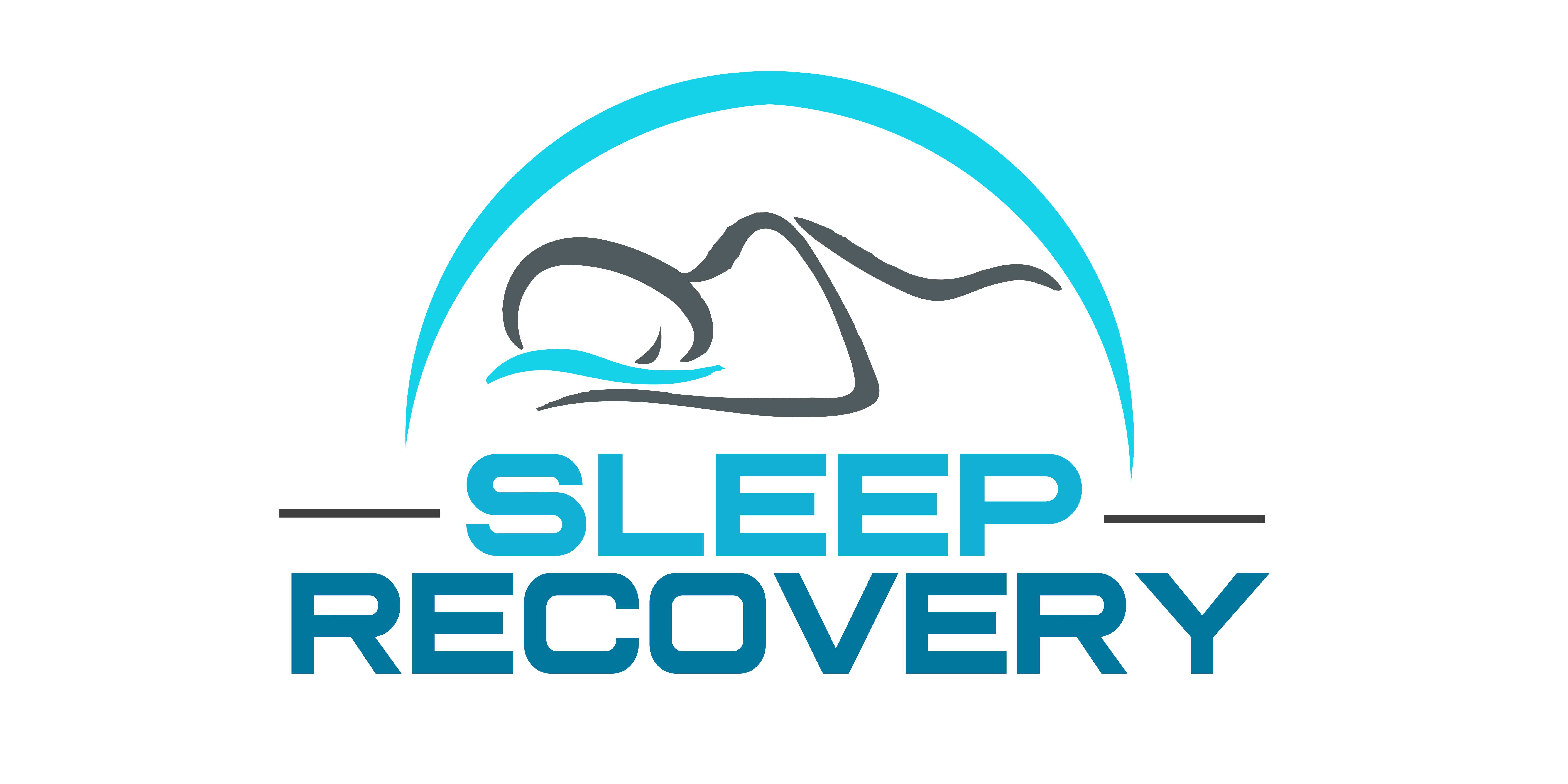
Beyond Personal Health: New Research Reveals Sleep’s Trillion-Dollar Impact on Global Markets
Dr. Eliza Watkins, bleary-eyed, reviewed her lab’s latest pharmaceutical trial results. Her third consecutive eighteen-hour workday burned her eyes, yet the biotech company’s deadline loomed. Unknown to her, microscopic changes were occurring in her prefrontal cortex – neural alterations that would subtly compromise the quality of her analysis and potentially affect millions of dollars in research investment.
This scene occurs daily across industries worldwide, where sleep restriction has become so normalized that its economic consequences remain largely invisible. Yet emerging research suggests these costs run into the trillions, affecting everything from workplace productivity to healthcare spending, innovation capacity, and global market stability.
“We’ve historically viewed sleep as a personal health matter,” explains Dr. Nathan Nun, of the Vancouver School of Economics, “What’s becoming clear is that collective sleep patterns represent a massive economic force that shapes GDP, drives healthcare costs, and influences market performance in ways we’re only beginning to measure.”
The Productivity Paradox: When Working More Produces Less
Industries ranging from biotech to finance have celebrated a culture of minimal sleep. Surgical residents work thirty-hour shifts, while investment bankers wear 100-hour workweeks as badges of honor. But within these practices lies an unstated assumption: more hours awake equals greater productivity.
Recent economic analyses expose this belief as not just flawed but financially destructive.
Jamie Zeitzer, PhD, is the lead researcher of Stanford’s Sleep Economy Project. “The data reveals stark costs of sleep restriction that remain hidden in traditional productivity metrics.”
Her team’s groundbreaking study found that after two consecutive nights of six-hour sleep, knowledge workers exhibited a 19% decline in solution-generation capacity while requiring 37% more time to complete routine analytical tasks. Perhaps most concerning, accuracy on complex decision-making tasks fell by 23% – yet workers’ confidence in their answers remained unchanged.
“The sleep-deprived maintain illusions of competence while objective performance crumbles,” notes Patel. “This creates a dangerous scenario where individuals making million-dollar decisions can’t recognize their impairment.”
When researchers calculated the financial impact of these cognitive deficits across the economy, the numbers proved staggering. Using sophisticated economic modeling, they estimated that sleep deprivation costs the U.S. economy approximately $411 billion annually, roughly 2.28% of its GDP. Japan follows with losses estimated at $138 billion, while countries like Germany, the United Kingdom, and Canada collectively lose an additional $160 billion yearly.
These figures likely underestimate actual costs, as they primarily capture productivity losses rather than downstream effects of impaired decision quality. The sleep deficit’s economic impact multiplies when poor judgments lead to strategic missteps, abandoned projects, or costly corrections.
Sleep Wealth Gap: How Rest Inequality Shapes Economic Opportunity
Beyond productivity concerns, researchers have identified a phenomenon they term “sleep inequality,” systematic differences in sleep duration and quality across socioeconomic groups that may perpetuate economic disparities.
Matthew Walker, neuroscientist and sleep expert at UC Berkeley, has documented how individuals living in lower-income neighborhoods average nearly an hour less nightly sleep than those in affluent areas. “We’re observing what amounts to a sleep wealth gap,” Walker explains. “Those subjects with fewer resources experience shorter, more fragmented sleep, which affects cognitive capacity, health outcomes, and economic opportunity.”
This gap appears driven by multiple factors: longer commutes, various jobs, higher stress levels, noisier neighborhoods, and reduced access to healthcare for sleep disorders. The consequences extend far beyond momentary tiredness.
“This creates a troubling cycle where sleep difficulties stemming from economic hardship then perpetuate that hardship through impaired economic decision-making.”
Morales’s research team conducted a novel experiment that provided free sleep improvement interventions—including bedroom environmental modifications, cognitive behavioral therapy for insomnia, and schedule adjustment support—to 340 hourly workers across the retail and manufacturing sectors. The control group received wellness information without sleep-specific interventions.
After six months, the sleep intervention group showed remarkable gains: productivity increased 7%, absenteeism dropped 24%, and participants demonstrated improved financial decision-making on standardized assessments. Most strikingly, participants were 31% more likely to enroll in job training or educational programs than control group members.
“We observed a cascade effect where improved sleep unlocked capacity for forward-looking decisions,” Morales concludes. “Sleep quality might represent an overlooked leverage point for economic mobility programs.”
The Innovation Equation: How Sleep Transforms Creative Capital
While productivity limitations have received the most attention, researchers have begun quantifying sleep’s impact on another economic driver: innovation capacity. Neuroscience has long proven that sleep, specifically REM stages, plays a crucial role in creative problem-solving, pattern recognition, and insight generation – all essential elements of global innovation.
Similarly, hedge fund Bridgewater Associates now provides employees with sleep tracking devices and adjusts analyst workloads based on sleep metrics, after finding that investment recommendations made by well-rested team members outperformed those from sleep-restricted colleagues by a statistically significant margin.
“These organizations recognize that cognitive capital represents their primary asset,” explains Chen. “They’re treating sleep as critical infrastructure for knowledge work rather than a lifestyle choice.”
Healthcare Calculations: The Medical Cost of Insufficient Rest
Perhaps nowhere do sleep’s economic impacts appear more directly than healthcare spending, where insufficient sleep drives costs through multiple pathways.
Epidemiological studies have established clear links between inadequate sleep and numerous costly health conditions, including cardiovascular disease, type 2 diabetes, obesity, depression, and neurodegenerative disorders. When researchers at RAND Corporation calculated the medical costs attributable to insufficient sleep, they arrived at figures approaching $680 billion annually across five major economies.
These findings have caught the attention of insurance companies and self-insured employers, who increasingly view sleep improvement as a cost-containment strategy. Aetna now offers premium discounts to members who maintain healthy sleep patterns as measured by wearable devices. At the same time, companies like General Motors have implemented comprehensive sleep health programs that they credit with reducing healthcare spending by $35 million in 2023 alone.
We’re witnessing a paradigm shift where payers recognize sleep as a critical health determinant worthy of financial incentives. The return on investment for these programs often exceeds 300%, making them among the most cost-effective health interventions available.
Market Implications: How Sleep Shapes Investment Landscapes
Perhaps most surprisingly, sleep researchers have begun documenting how collective sleep patterns influence financial markets, suggesting that national sleep habits affect everything from stock performance to economic stability.
Dr. Wei Zhang, a behavioral finance researcher at Chicago Booth School of Business, has pioneered this field by examining how sleep disruptions correlate with market volatility. “We’ve identified what we term ‘sleep shock events’—instances where significant populations experience simultaneous sleep disruption—and found compelling correlations with subsequent market behavior.”
His team documented this phenomenon by analyzing trading patterns following events that disrupt sleep across large populations: daylight saving time changes, major sporting events, natural disasters, and even popular television show finales airing late at night.
The results proved striking. Following the springtime change (when most Americans lose an hour of sleep), markets consistently show increased volatility and a bias toward negative returns. Specifically, the researchers found a 6.4% increase in daily trading volume and a significant uptick in pricing errors during the three days following the time shift.
“We observe a consistent pattern where sleep disruptions correlate with less rational market behavior,” Zhang explains. “Traders appear more likely to overreact to information, exhibit herding behavior, and make investment decisions they later reverse.”
These findings hold potentially profound implications for market regulation and monetary policy. Central banks have begun examining how population-level sleep patterns might influence economic decision-making and market stability. The Bank of England now includes sleep disruption metrics in some economic models. At the same time, the European Central Bank has commissioned research into how varying sleep patterns across eurozone countries might affect regional financial coordination.
“We’re realizing that collective cognitive function – heavily influenced by sleep – represents a previously unexamined factor in economic performance,” notes Zhang. “This suggests opportunities for novel policy approaches, from reconsidering time change practices to structuring market hours in ways that align with human chronobiology.”
Organizational Responses: The Corporate Sleep Revolution
As evidence mounts regarding sleep’s economic impact, forward-thinking organizations have begun implementing comprehensive sleep initiatives that go far beyond casual wellness tips.
Google made headlines by installing specialized nap pods at its headquarters, but has since developed far more sophisticated sleep support programs. The company now offers comprehensive sleep assessment services, cognitive behavioral therapy for insomnia, and even chronotype-matched scheduling, allowing morning-oriented employees to start earlier while evening types begin later.
Manufacturing firms, where sleep-related accidents pose particular concerns, have also embraced innovative approaches. Toyota’s Kentucky plant recently implemented a chronobiology-informed shift rotation system that aligns with human circadian rhythms. The change reduced workplace injuries by 31% while improving manufacturing quality metrics by 14%.
Perhaps most surprising has been the transformation within investment banking – an industry notorious for grueling hours and sleep deprivation. Goldman Sachs made waves by restricting junior bankers to “only” 80-hour workweeks. However, Morgan Stanley has implemented mandatory rest periods between workdays and prohibits non-emergency emails between 11 PM and 6 AM.
“The old model where exhausted analysts worked through the night preparing deal books is increasingly recognized as counterproductive,” says Alan Davidson, managing director at Morgan Stanley. “We’re seeing higher-quality work and better decision-making since implementing these changes, which ultimately serves our clients more effectively.”
Future Directions: Sleep Science Meets Economic Policy
As research continues illuminating sleep’s economic dimensions, policymakers have begun exploring interventions at various levels:
School start times: Over 400 U.S. school districts have delayed high school start times based on evidence that adolescent sleep biology conflicts with traditional early schedules. Early assessments show promising results, including reduced automobile accidents among teen drivers, improved academic performance, and even modest increases in local economic activity as teens with better sleep habits increase discretionary spending.
Workplace regulations: Several European countries have implemented “right to disconnect” laws restricting after-hours work communications. France pioneered this approach in 2017, and preliminary economic analyses suggest modest productivity gains rather than the competitive disadvantages some predicted.
Urban planning considerations: Cities including Helsinki, Melbourne, and Vancouver have incorporated sleep health into urban design guidelines, addressing factors like nighttime noise, light pollution, and neighborhood walkability that influence population sleep quality.
While these initiatives show promise, researchers emphasize that addressing sleep’s economic implications requires coordinated approaches across sectors.
“We need to move beyond viewing sleep as either a personal choice or a medical issue,” says Dr. Campos from Wharton. “The evidence increasingly suggests that population sleep health represents critical economic infrastructure, as fundamental to prosperity as transportation networks or energy grids.”
This perspective shift presents both challenges and opportunities. Unlike physical infrastructure, sleep patterns reflect complex interactions between biology, culture, technology, and economic pressures. Yet their measurable impact on productivity, healthcare costs, innovation, and market function suggests that improving sleep is among the most cost-effective economic interventions.
“We’ve reached a fascinating juncture where neuroscience, economics, and public policy converge,” concludes Dr. Zeitzer from Stanford. “The societies that recognize sleep as a strategic economic resource rather than a lifestyle indulgence will likely enjoy significant competitive advantages in coming decades.”
The message becomes increasingly clear for business leaders, policymakers, and individuals alike: in knowledge economies where cognitive function drives value creation, sleep is not an unproductive state to minimize but a fundamental economic process to optimize and protect.
This article draws on research findings from the Stanford Sleep Economy Project, RAND Corporation health economics studies, and behavioral finance research from the University of Chicago Booth School of Business, among other sources.

